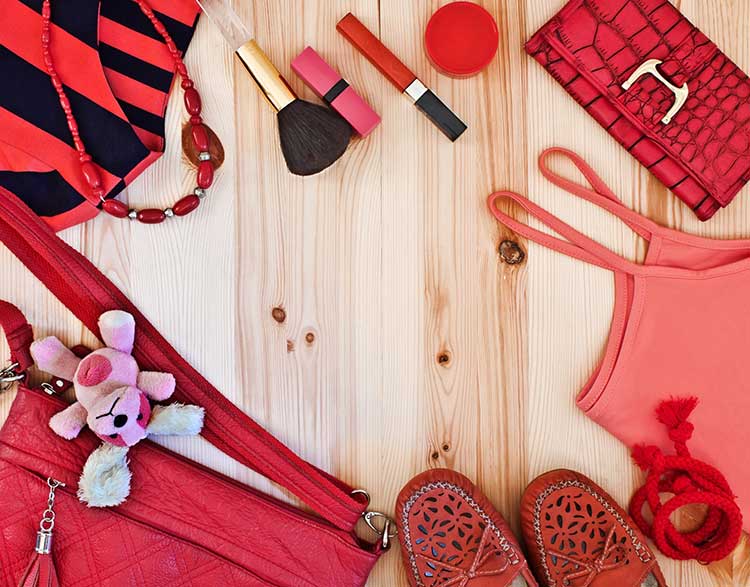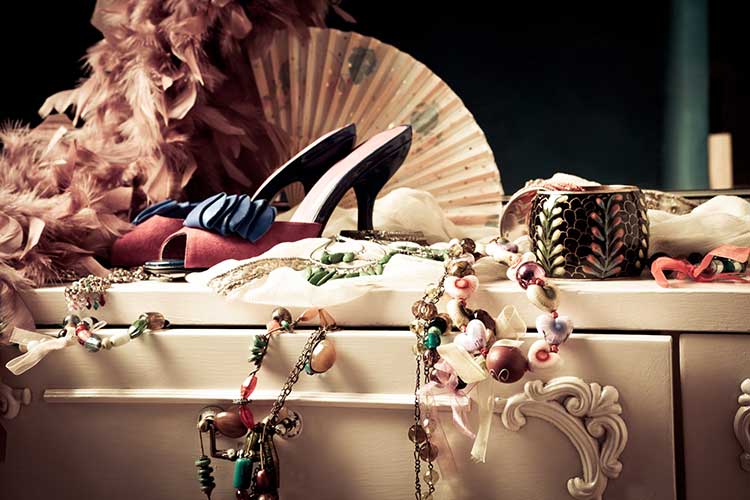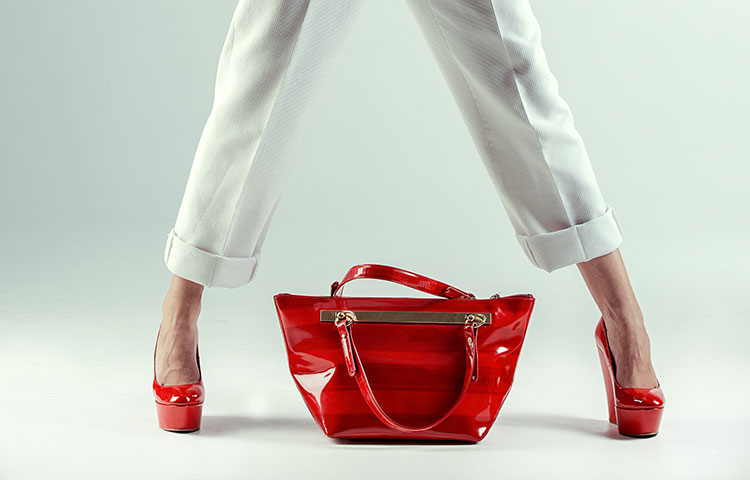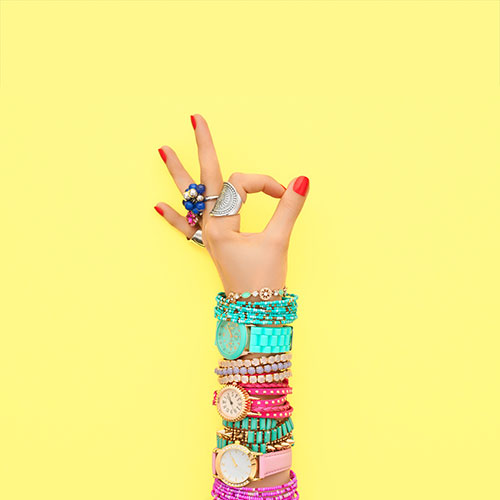Simply put, accessorising is the art of putting the ‘look’ together. It is the value addition to even the most exclusive designer outfit; it is the style quotient of the wearer.
However, while right accessories can make or accentuate a look, wrong, or say loud, accessories can completely put a spoke in the fashion wheel. It can ruin even the best of clothes, bringing to fore the importance of learning the finer nuances of accessorising, either by following a trial and error method or emulating those who have mastered the art.
You could, of course, learn it right here, with this quick guide for the accessory-challenged:
Accessorising Tips
Create a harmony:
When choosing accessories, make sure that it harmonises with your outfit, whether it is the shoes, the handbag or even something as simple as a clip on your hair. Accessories include everything that you add on to your outfit. Broadly speaking, it includes shoes, handbags, eyeglasses and sunglasses, jewellery, scarves and ties, hats, belts, hosiery and socks and hair ornaments.

The idea should be to ensure that there is a common element or an idea that flows between the accessory in question and the outfit you are wearing. It could be the colour, texture or some aspect of the design that adds to the harmony of your look. In addition to harmonising the outfit with the accessories, try and find a balance between the different accessories. It could be a metal appendage on the shoes and the bag or in the ornaments you are wearing. Having said that though, do not hesitate to experiment with contrasts when accessorising. Use the trial and error method to find which contrast helps to rock your look.
Size and shape:
What is also important, besides harmony between the accessories and the outfit, is an understanding of your body scale and the size of the accessory. And that means a knowledge of your height, weight and the bone structure while picking up accessories to accentuate your look.

So, if you are of small built, choose accessories that range from small to medium accessories, and, if you fall in the large scale, anything from medium to large will work for you. Medium built ones have the liberty to pick accessory of any size. The idea should be to accentuate your positive features with the help of accessorising. This also applies to the shoes you select to complete the look. Find a balance between the scale of your ankles and calves.
Accessory Shopping

It is, generally, uncommon to buy clothes because it complements a piece of accessory in your collection. Consequently, you might wear some piece of accessory without considering its value addition to your outfit. This might simply defeat the purpose of accessorising, unless your collection of accessories is wide enough to complement various shades, textures and designs. The best way to avoid any fashion faux pas is to make a concerted effort to shop for accessories for particular outfits, by taking the clothes with you when shopping.
Think beyond jewellery:
On a count of ease and convenience, jewellery works as the easiest accessory to set your look. But jewellery is not the only item of accessory to help you get it right. Shoes are powerful and so are handbags, not forgetting sunglasses when you think of accessorising. Some of the high end brands might require a hefty investment, but if you are innovative, you could easily find the ones that can fit the budget and accentuate your personality.

Don’t overdo it:
Have a clear idea why you are accessorising (definitely not to look like a tinselled Christmas tree). Stick to the moderation rule. Any attempt to overdo it will spoil the fun for you. It is best to follow the tried and tested method, which dictates that you stick to one main layering area. You cannot have your arms filled with bangles and bracelets, neck overloaded with chains and necklaces, fingers packed with rings…totally a no no.

